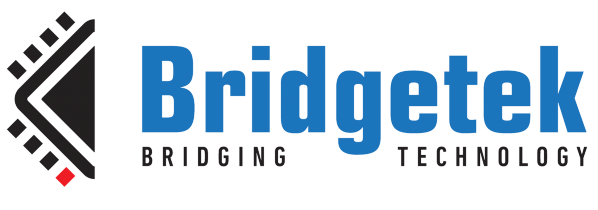1
New Member Introductions / Re: Hi all
« on: December 09, 2020, 09:37:35 AM »
Hi Barracuda01,
I've done some similar thing with custom board, but I think you can do that thing.
Just keep in mind some advices:
- You have limited RAM and flash, so use external memory to keep datafiles (eg images).
- Keep strings (like html files) short, they are stored in your flash. Altering them with code does not solve, sorry. Maybe you can read them from file stored in SD card, but not sure of that.
- Be prepared using directly the code driving BT813 (not using EVE's code) or you'll have tons of code you'll not use. If not, you will end probably not be able tu use the web page part (no room for SSI pages)
- For web pages, use statically managed memory pools (expecially if you plan loading everything from the board) to keep under control memory usage. Doing so, UDP will be your best friend . Not doing so, will be your nightmare....
. Not doing so, will be your nightmare....
Array / grid managing will only be a question of math, think positions as variables (using constants makes lesser use of memory, but you can't have 110% of the pie...) depending from the previous one element.
I've done some similar thing with custom board, but I think you can do that thing.
Just keep in mind some advices:
- You have limited RAM and flash, so use external memory to keep datafiles (eg images).
- Keep strings (like html files) short, they are stored in your flash. Altering them with code does not solve, sorry. Maybe you can read them from file stored in SD card, but not sure of that.
- Be prepared using directly the code driving BT813 (not using EVE's code) or you'll have tons of code you'll not use. If not, you will end probably not be able tu use the web page part (no room for SSI pages)
- For web pages, use statically managed memory pools (expecially if you plan loading everything from the board) to keep under control memory usage. Doing so, UDP will be your best friend
 . Not doing so, will be your nightmare....
. Not doing so, will be your nightmare....Array / grid managing will only be a question of math, think positions as variables (using constants makes lesser use of memory, but you can't have 110% of the pie...) depending from the previous one element.



